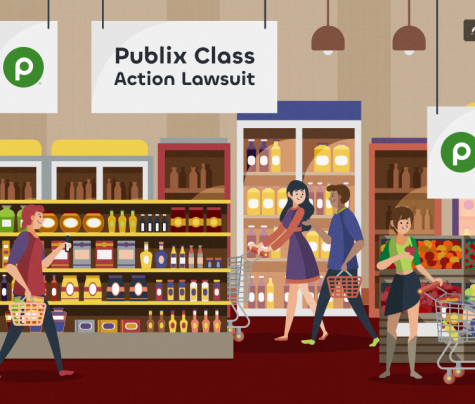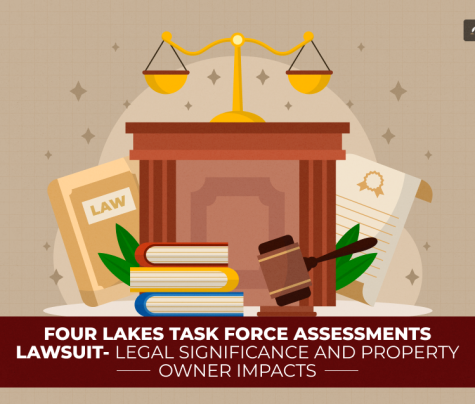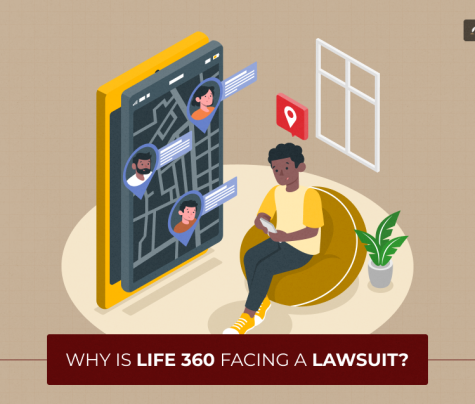
Bankruptcy is a federal legal procedure that relieves any individual or even businesses from having a fresh start if they cannot repay their outstanding debts. If you file for bankruptcy, you can start everything from scratch that will even forgive your debts and halt all kinds of collections.
Bankruptcy is a boon in disguise that helps you come up with a manageable plan to pay off the creditors. However, it’s integral that you make a sound decision to file for bankruptcy and not consider it as a last resort for its long-term legal and financial implications.
If you’re looking for a seasoned bankruptcy lawyer then a Long Island bankruptcy attorney acts as an invaluable resource for bringing clarity in the various aspects of bankruptcy. This also gives them a very helpful and leads you to a proper financial path in the future. This way, quicker actions help prevent asset depletion and thus these can be protected easily through bankruptcy. Retirement accounts, additional debts and all that hence become indischargeable.
On the other hand, if you delay it, it might even lead to escalated creditors’ actions like lawsuits and even wage garnishments.
Understanding Bankruptcy

Bankruptcy is a legal procedure that helps businesses and individuals to eliminate their debts and repay them properly under the protection of bankruptcy courts. In this case, Macco & Corey PC does a credible job when it comes to working as a bankruptcy attorney in Long Island. This helps them to guide through the proper complexities of the processes of bankruptcy.
Types of Bankruptcy
Chapter 7 – Liquidation: This is a common form for individuals and involves selling non-exempt assets to pay creditors.
Chapter 11 – Reorganization: Often used by businesses, it allows for restructuring debts and business operations to become profitable again.
Chapter 13 – Repayment Plan: Individuals with regular income develop a plan to repay all or part of their debts over time, usually three to five years.
Consequences of Filing
- Credit Score Impact: Bankruptcy can significantly lower one’s credit score and the bankruptcy can remain on the credit report for up to 10 years.
- Asset Loss: In Chapter 7 bankruptcy, individuals might lose some of their assets, although exemptions may protect certain property.
Assessing Personal Financial Situation
Before you decide to file for bankruptcy, it’s extremely crucial that as an individual you thoroughly assess your overall financial situation. This even involves detailed understanding and evaluation of debts and assets for business owners. In this way, it will also ensure that additional considerations are properly analyzed.
Evaluating Debts and Assets
As a business owner, you should list your current debts and categorize them properly in secure and unsecured debts.
At this point, you might be wondering what are secured debts and unsecured debts. Secured debts tie an asset together in the form of a mortgage for a home or a car loan. On the other hand, unsecured debts are those that entail credit card balances and other medical bills.
You can italicize any of the variable interest rates which can even fluctuate and affect the overall financial assessments. Thus, once the debts are cleared, the individuals can gauge if they can realistically pay down their debts over time of if bankruptcy anyway becomes a necessary pathway.
Considerations for Business Owners
Business owners often come across several fiscal challenges that make them analyze their overall business structures and liabilities. Sometimes even operating as a sole proprietor in a country might be intertwined with personal businesses and finance. This makes thereby makes a personal bankruptcy procedure a complex phenomenon that could even include business assets.
Firms like Macco & Corey P.C advise business owners to examine the visibility of the business model of the business owners. This also comes in handy to distinguish any kind of potential for an upcoming debt. Business owners should aim to distinguish whether the financial distress is temporary or indicative of a more significant issue that bankruptcy might address.
Consequences of Filing a Bankruptcy
Bankruptcy often comes with significant negative impacts. It can harm your overall credit history as the record of bankruptcy might even stay in your record for more than 10 years. However, it completely depends on which chapter you’re filing the bankruptcy on.
For example, in Chapter 7, it stays on your record for 10 years and in Chapter 13 it only lasts for 7 years.
It also limits you about ways that how often your debts are discharged by bankruptcy. Suppose you have debts to discharge by a Chapter 7 bankruptcy, you should wait for a minimum of 8 years to declare bankruptcy once again.
Alternatives to Bankruptcy
Sometimes, declaring bankruptcy is not an optimal solution. Sometimes,es certain alternatives to bankruptcy can even reduce your debt obligations. It would also charge you with much less severe consequences to your credit history.
You can sometimes negotiate with your creditors without involving a proper court procedure that acts as a benefit for both sides. Rather than having a risk of receiving nothing altogether, your creditor might even agree on an optimal method of repayment that would be best in reducing your debts or spreads of payments for a longer time period.
If you’re looking for proper alternatives in case of mortgage payments, you should call your loan service provider to know about what options you might have to avoid filing for bankruptcy. These include:
Forbearance
These allow you to make payments for a specific time period or even stretch smaller monthly payments over a longer time period.
Loan Modification
In this case, it permanently changes the terms and conditions of your loan and lowers the interest to make the repayment easy.
Conclusion
Understanding and knowing when to file a bankruptcy helps you to minimize any sort of negative financial consequence. Even though it might cause significant harm to your credit score, it can also be of huge use when you want to manage the debts you cannot pay.
We hope this blog was informative and helpful. Now you know everything there is to know about bankruptcy. Do let us know if there’s anything we missed out on. We hope this blog was informative and helpful.
Read More…
What is a Cease and Desist Order? A Beginner’s Guide
Understanding Bail Bondsmen: Their Role in Our Justice System
All You Need To Know About An In-House Lawyer In The US











0 Reply
No comments yet.